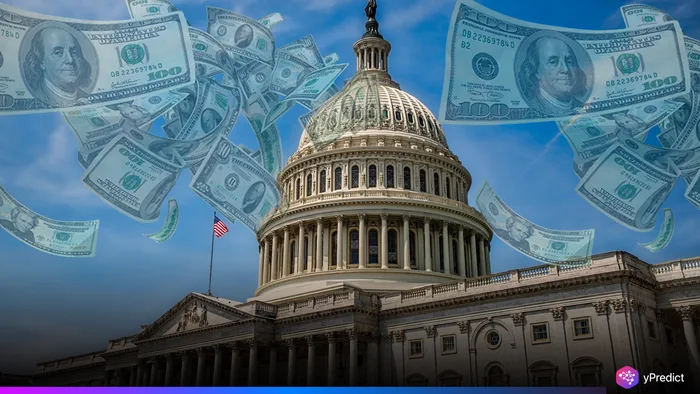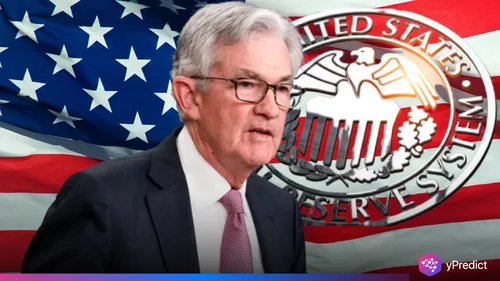
The United States has set a new high mark in national debt, producing new fears about fiscal sustainability. The surge in the national debt is largely fueled by higher government spending, rising interest payments, and slower tax collection. While the debt ceiling crisis that played out in Congress may be resolved, borrowing continues to rise unabated.
The national debt exceeds the size of the US economy. And politicians still debate entitlement spending, defense spending, and tax changes. Economists as well as investors worry that the national debt continues to rise, despite the potential for slower growth. They also expect the national debt to be pushing interest rates up, and increasing pressure toward long-term economic stability.
Federal Borrowing Surges as Deficits Expand
As deficits grow faster than revenues, the US Treasury is borrowing at alarming rates. The federal deficit was $1.2 trillion in June, up from $900 billion a year ago. Spending has surged due to rising healthcare costs and increased interest payments, while revenue slowed with diminished economic activity.
The current deficit is an all-time high and makes it less likely for Congress to bring spending down without policy reform, but deep partisan divisions in Congress have left partisan squabbles in the way of meaningful reform. Members of Congress seem focused on scrapping their political opponents rather than on fixing the challenges of financing government consumption. Unless Congress can find bipartisan cooperation, it will continue to be a matter of running out the clock without the fiscal ability to tackle debt growth before the next election cycle.
Interest Payments Are Becoming a Major Burden
Interest payments on the national debt are rising quickly and already are over $1 trillion a year, and will soon become a major line item in the federal budget that eventually exceeds military spending in some months. The tremendous growth of interest payments, along with interest rate increases by the Federal Reserve, has made borrowing more expensive and raised the rate of growth in the national debt even more.
This increased financial strain is leading analysts to warn of a debt spiral. As the government spends more dealing with the debt, it has less money to spend on investments in areas needed for long-term growth, including infrastructure, education, and health care; items that also serve to weaken the economy overall.
Political Inaction Worsens the Fiscal Outlook
Despite repeated warnings from economists and credit agencies, Congress has not meaningfully changed any efforts to reduce deficits. Entitlements, including social security and Medicare, are increasing due to the aging of America’s population. Tax reform has been off the table because of the split in the political spectrum.
All attempts to cap discretionary spending, which achieve bipartisan votes, fail when there is another supplemental for an emergency or world conflict. Without some budgetary discipline, the US national debt will continue to grow without a change in spending and revenue.
What It Means for the Average American
The escalation of the national debt in the US may soon affect millions of American taxpayers through increased taxes, diminished government services, and potentially slower economic growth. If the debt continues on its current projection, future generations may be left in even worse economic conditions with limited governmental assistance.
More debt may begin to affect the confidence of investors in US bonds. This could lead to volatility in markets that impact retirement savings, mortgages, and the broader economy.







